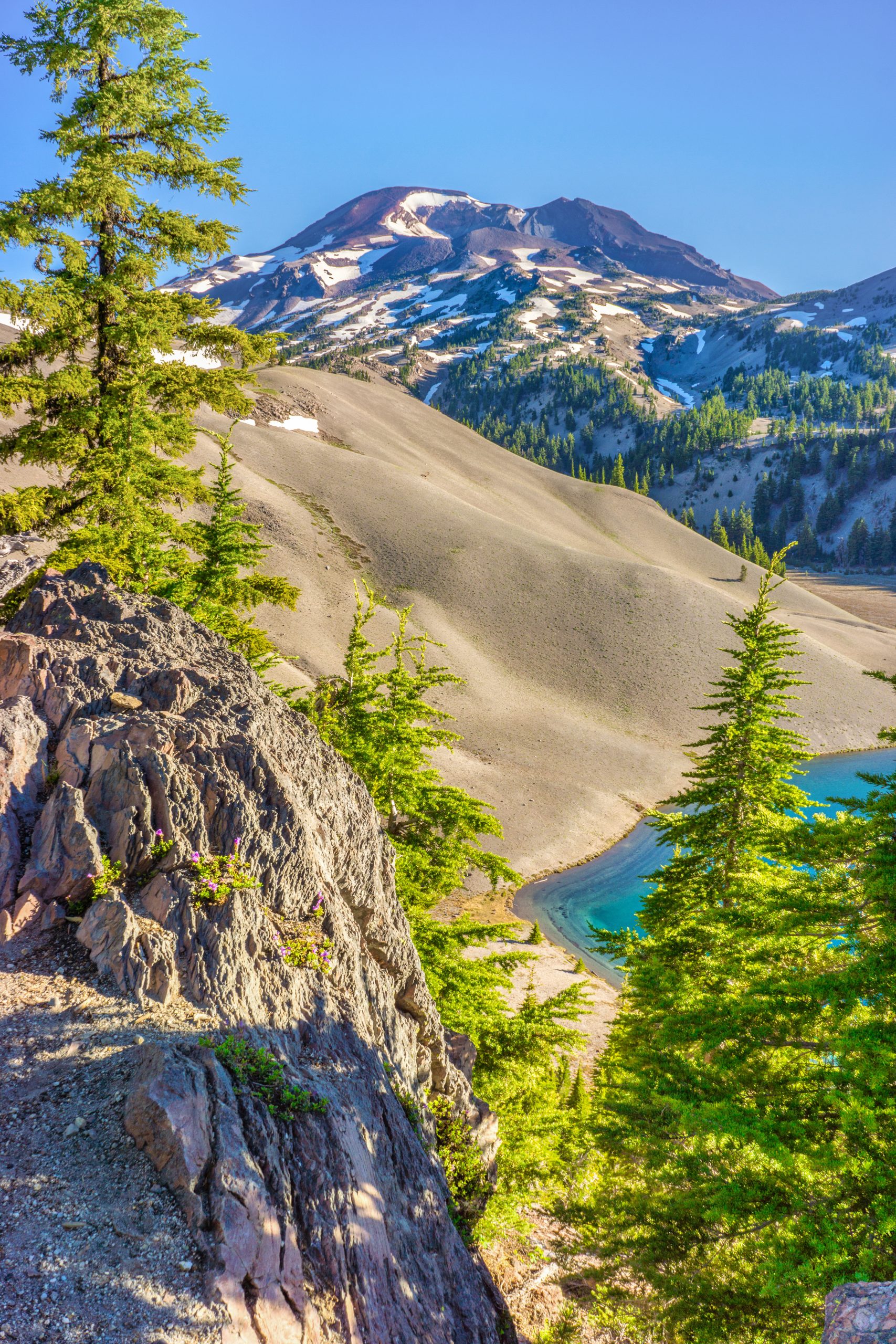Wilderness backpacking is an extremely popular outdoor activity that can offer an array of benefits for those who partake. From the fresh air and serenity of nature to the physical challenge of carrying a heavy backpack, backpacking can be an incredibly fulfilling experience. However, it’s important to understand that wilderness backpacking also has its dangers.
Wild Animals – One major danger associated with wilderness backpacking is wild animals. While most wild animals will try to avoid people, they can become dangerous if they feel threatened or are protecting their young. It’s important to know what type of wildlife you may encounter in the area you’re visiting and how best to avoid a confrontation with them.
Injury – Injury is another potential danger while wilderness backpacking. Carrying a heavy load on uneven terrain can put strain on your body, leading to soreness or even more serious injuries like sprains or breaks.
It’s important to wear appropriate footwear and clothing and take frequent breaks when needed in order to reduce the risk of injury.
Dehydration – Dehydration is another risk associated with wilderness backpacking. When you’re in a remote location, it can be difficult or impossible to find sources of clean drinking water, so it’s essential to bring enough water for your entire trip and monitor your hydration levels closely along the way.
Getting Lost – Getting lost is another potential danger when wilderness backpacking. Taking a wrong turn on a trail or getting disoriented in unfamiliar terrain can lead to long hours spent trying to find your way back out again—or even worse! It’s important to bring a map and compass with you on all trips and pay close attention while navigating so that you don’t get lost in the wilderness.Conclusion: Wilderness backpacking can be an incredibly rewarding experience, but it also carries some inherent dangers that must be taken into consideration before embarking on any such journey. Taking proper precautions such as familiarizing yourself with local wildlife, wearing appropriate clothing and footwear, staying hydrated throughout the journey, and bringing a map and compass can help reduce some of the risks associated with this activity. All in all, though, it is possible for those who take the necessary safety measures to enjoy wilderness backpacking without putting themselves at too much risk.

